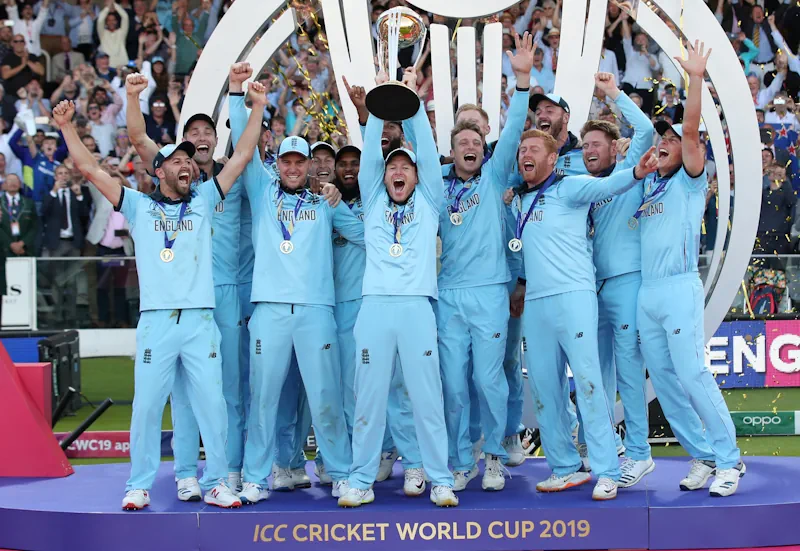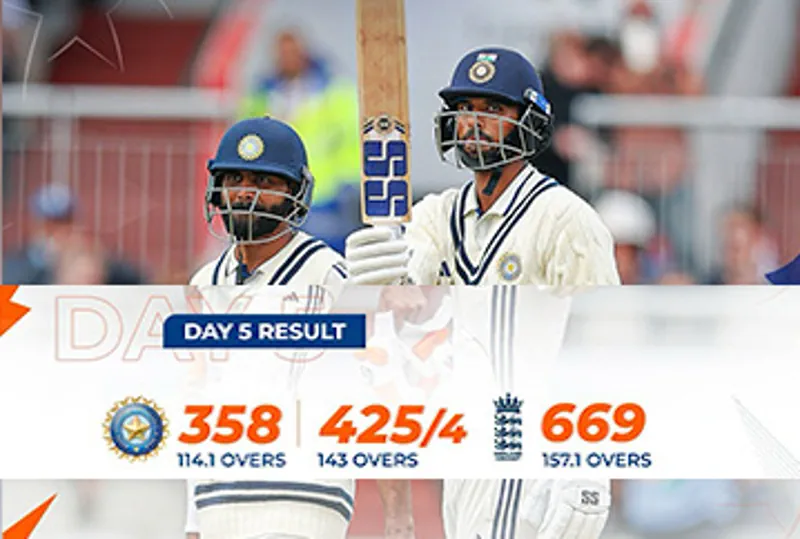In 2015, England was eliminated at the group stage of the World Cup, losing all four matches against teams with test status. Four years later, they became world champions, rising to the top spot in the ODI rankings from the International Cricket Council and changing the approach to cricket in England and Wales.

The team that lifted the trophy at Lord’s in 2019 never played together again, but the return of Ben Stokes after a short-term hiatus from ODIs signaled the return of the core of England’s best 50-over side to defend their crown. So how did they do it in 2019?
It’s also worth noting that on the Mostbet Bangladesh site, you can bet on all matches of official cricket tournaments.
So, let’s dissect how England managed to reach the pinnacle.
Long-term thinking
World Cups were usually England’s final journey after long winter tours abroad, and it showed: in 2003, 2007, and 2011 they were exhausted after long Ashes tours when they arrived in South Africa, the Caribbean, and India respectively.
In 2015, the ECB and CA made changes to the Ashes schedule to avoid conflict – but England’s plans were still altered at the last minute. Alastair Cook was dropped as captain shortly after a 5-2 defeat to Sri Lanka; James Taylor, who had impressed at No. 3, was demoted to No. 6 to accommodate Gary Ballance’s return; after successful stints with the new ball, Chris Woakes became a change bowler.
When Andrew Strauss became England’s director of cricket in May 2015, he was adamant that England would not repeat the same mistakes. Strauss acknowledged that one-day cricket in England and Wales had taken a backseat to tests, but believed this was down to an outdated approach and poor results.
Personnel changes
He advocated for a separation between the one-day and test teams, and after sacking Peter Moores, he appointed a coach – Trevor Bayliss – primarily for his achievements in the one-day format. Eoin Morgan remained captain, and player selection was targeted towards 2019. “We suddenly stopped selecting for the next series and started selecting for the World Cup in four years,” said Nathan Leamon, England analyst. “They were asking, ‘Will this player still be here? Does he play the way we want to play?’ If not, they didn’t make the cut.”
Strauss commissioned a study from Leamon that identified predictive success factors for the World Cup: three key areas – winning record, batting strength (much more so than bowling), and experience. “There are about 90-95 one-day internationals left until the next World Cup,” Morgan said. “The more games we can give our young players, the more experience, the more they can show performances, [the better].”
Risk and reward
Before the first game of the new ODI cycle, Morgan gathered his young team at Edgbaston and emphasized that he wanted them to play in an attacking style, just like they did for their clubs. Their newfound spirit of adventure was immediately vindicated: England scored their first ever total over 400 thanks to centuries by Joe Root and Jos Buttler, and averaged a run rate of 7.68 during the five-match series against New Zealand, which they won 3-2.
The players were inspired by the consistency in selection. And Morgan ensured that his batters wouldn’t be criticized for getting out while attacking. He himself set the tone, scoring at a strike rate of 110 runs throughout the 2015 home season and trying to play more aggressively rather than cautiously. In the fifth ODI against New Zealand, he was caught deep in the field when he first hit the ball.
This was a notable departure from the previous regime. During the 2015 World Cup, Moeen Ali was caught at mid-off, leaving England at 62 for 1 after 9.2 overs against Sri Lanka, and received a “heated reception” upon returning to the dressing room.
England sought to select a team with deep batting, with Adil Rashid – who scored a priceless 69 runs in the first ODI of that series against New Zealand – often being listed at positions No. 10 or No. 11, and bowlers like David Willey, Liam Plunkett, Chris Jordan, and Woakes all able to chip in lower down. When England lost a clutch of wickets, they were often rescued by a strong tail; and when they didn’t, their batters felt increasing comfort in taking risks and playing attacking shots.
Also Read:
- IND vs ENG: Jadeja, Sundar, Gill Hundreds Help India Earn Dramatic Draw Against England in 4th Test
- “If There Are No Bilateral Matches, Why Play in Multination Events?”: Azharuddin on India-Pakistan Asia Cup Clash
- Men’s Asia Cup 2025 To Be Held In UAE; ACC
- Ben Stokes Creates History With 11,000 International Runs And Rare 7,000 Runs-200 Wickets Test Feat




